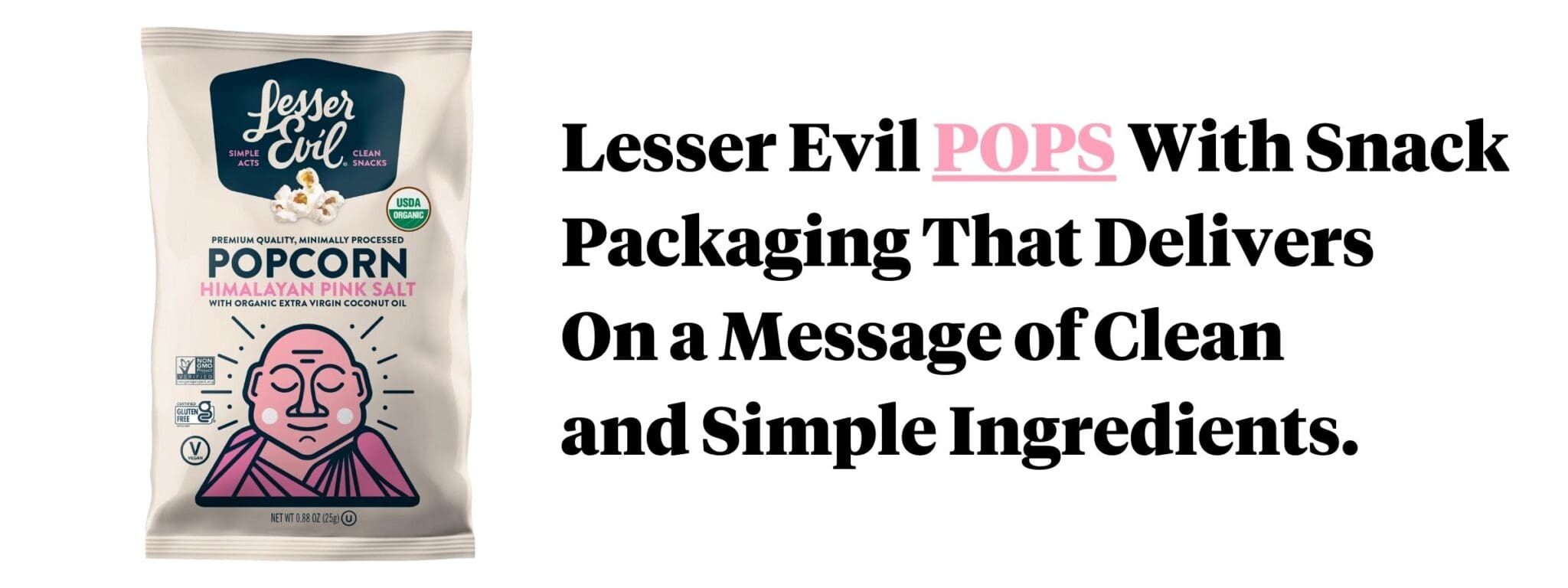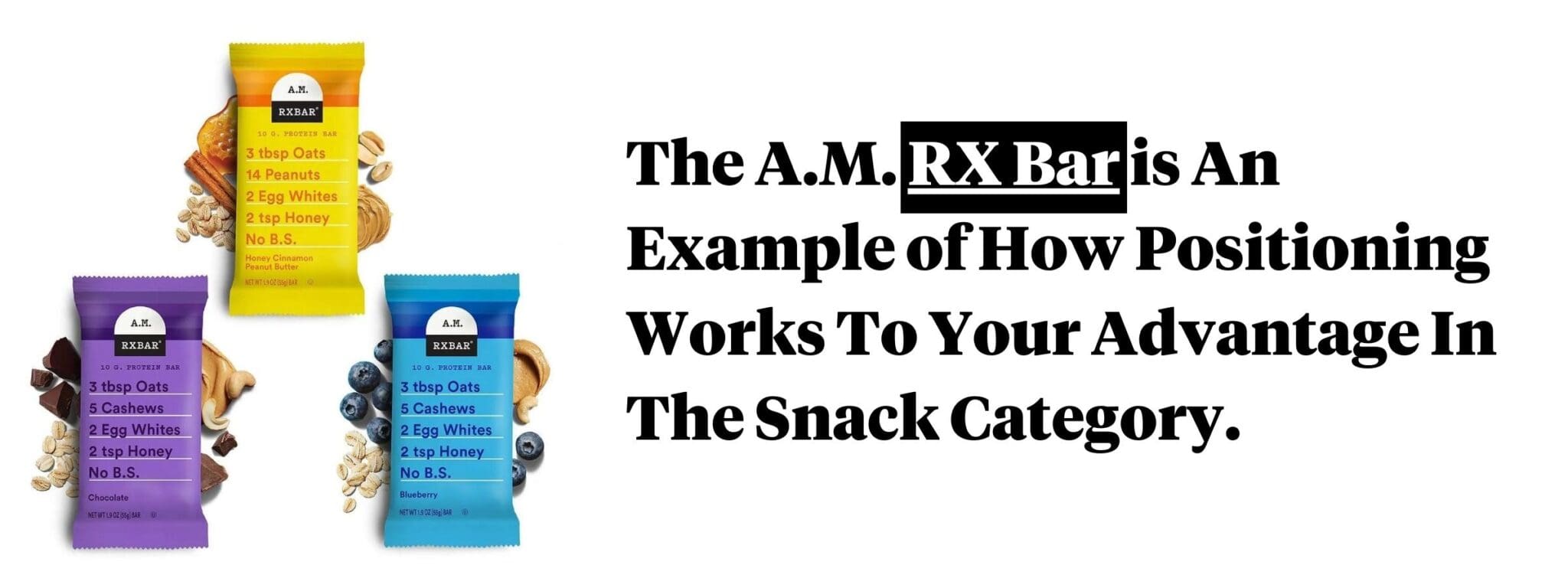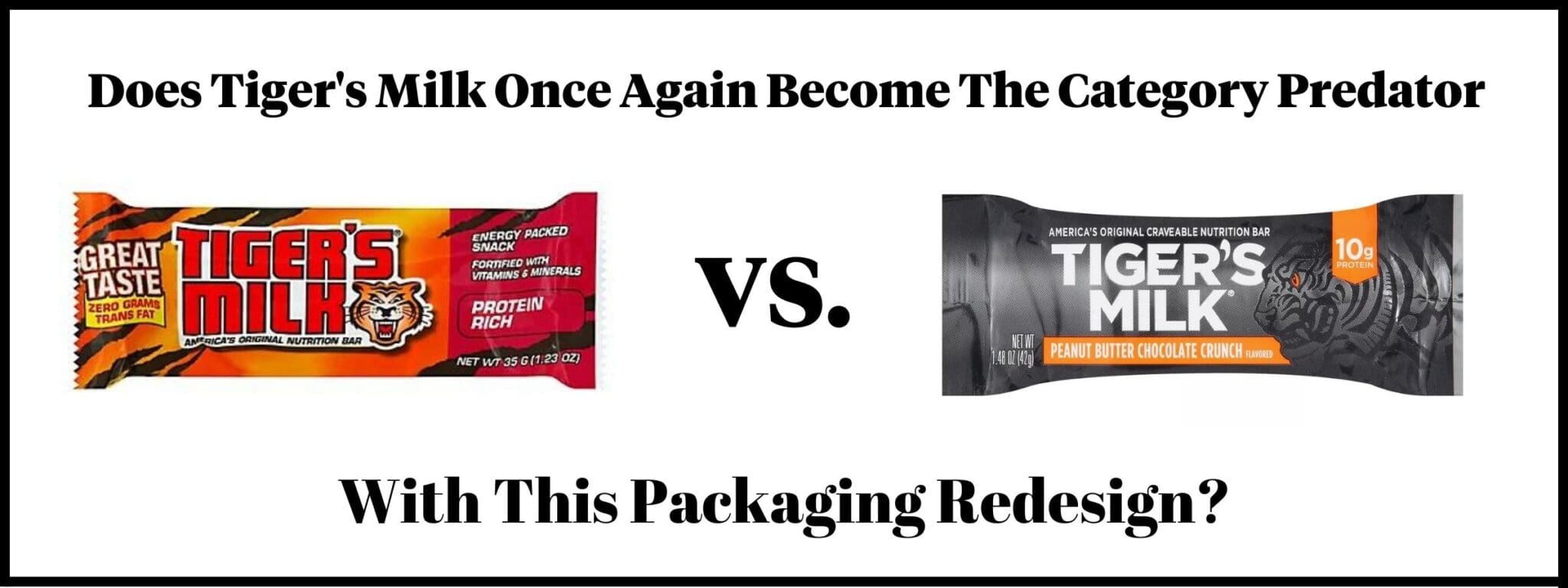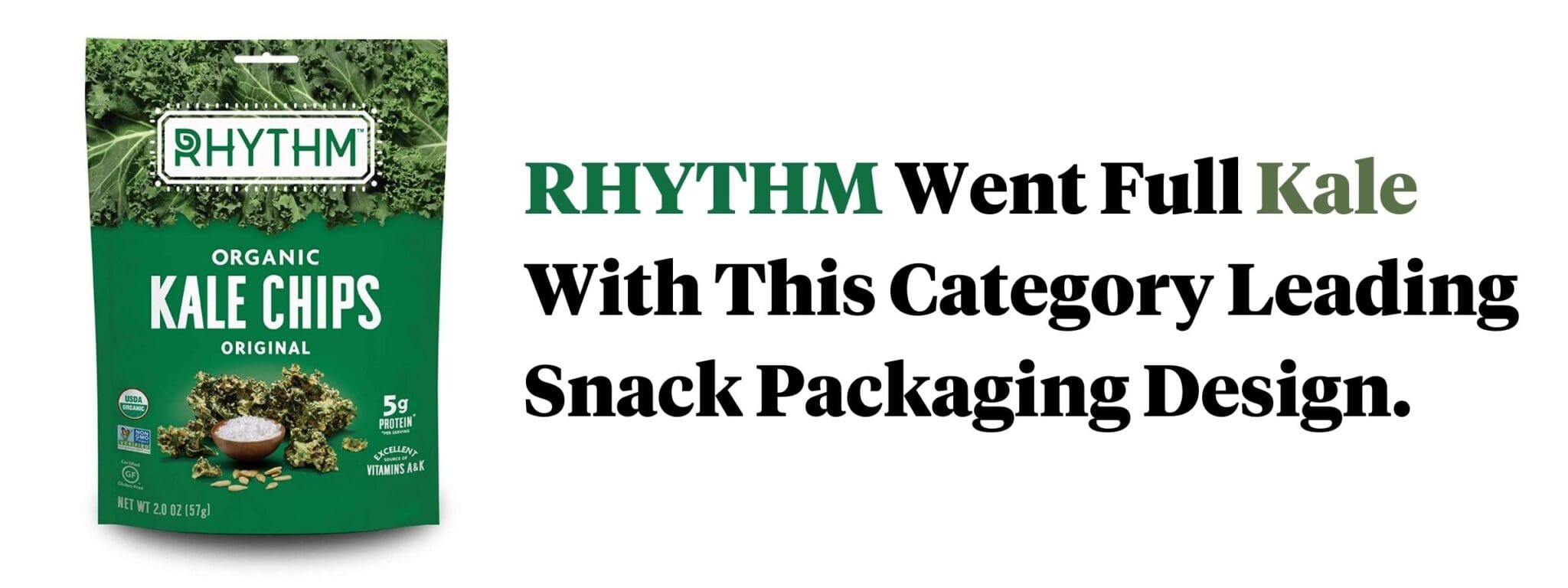With convenience being at the core of the snack industry and consumers demanding more convenience, snack foods continue to achieve significant profits. With over 100 billion in annual revenues in recent years, snacking is a growing trend that shows no signs of slowing down. New and old brands have taken notice, and now with competitors coming from every corner, a snack packaging design needs to distinguish itself from the cluttered shelf it sits on.
In this article, we get clear about each segment of snack packaging and how to design a package or label that resonates with your hungry consumer. You will learn tips and tricks to win with this form of food packaging design and examples that inspire your packaging strategy.
Packaging Design For Snacks
To start, let’s talk about each of the two divisions’ snack packaging.
- Single Serving Snacks
- Bulk Package Snacks
In some capacity, most CPG brands will enter both markets simultaneously but focus initially on one. Strategically, this makes sense, but focusing on either single serving or bulk doesn’t mean that the lesser prioritized package design should lack the right design and message for future marketability.
One of the biggest mistakes a snack brand makes is creating identical designs for both the single serving SKU and case quantity package. Certain purchase drivers may remain, but the bulk buyer responds to different messaging than those making an impulse purchase at a vending machine, checkout stand, or convenience store.
Single Serving Snacks
Single serving products are the heartbeat of the snack industry. Not only is this a massive CPG category, but it introduces the consumer to products at a lesser cost, leading to potentially larger future purchases.
A brand only has a brief moment to capture the attention of single-serving consumers and less real estate on the package to do so. In this situation, a singular focus tying the design and copy into a unified message is how you bring your brand into focus. The aim is to create a magnetic attraction between your ideal consumer and the product.

Designing For Bulk Purchases
The definition of “convenience” changes when a consumer shops the grocery aisle filled with case quantity or larger size snacks. Convenience means packing lunches for children, food for future hikes, or dieters looking for between meal solutions. It also means fast food for those too lazy or exhausted to cook a meal.
There is more of a consideration phase for this snack category. Your snack packaging design needs to tell a story compelling the consumer to choose you over the competition. Unification across design and copy is still a requirement, but there’s more real estate to move buyers through the product journey.
What Does Your Snack Stand For?
It’s important that a snack brand be clear about what it is and what it stands for. Successful snack companies can put their brand identity and product positioning into one theme that the target market will embrace.

Designing For Taste
In the candy category, the top purchase driver is taste. It makes little sense to deliver a candy packaging design that excludes taste and flavor from the overall appeal. Sometimes this is a minimal design, whereas other times, it may be more of a maximal design.
Designing For Fuel
There’s a sneaky secret in this snack sub-category. In most cases, the sugar and fat content of snacks such as trail mix and energy bars exceeds that of snacks designed for “taste.”
Dried fruit, granola, and energy bars must separate themselves from their calorie content and speak to sustaining performance. Depending on the product, the design needs to be innovative or raw. We can see this with the packaging redesign of the Tiger’s Milk bar.
- A trail mix uses a transparent snack packaging design where the food is an active part of the design.
- An energy bar takes a more collective approach in how all the ingredients work together.

Designing For Health
“A healthier planet means healthier individuals.”
Emerging healthy snack brands are free to steal this slogan. We introduce consumer values into the packaging equation for healthy snacks anytime we design a snack containing natural ingredients.
Most consumers recognize the amount of waste the snack category creates. Be it snack bars or chip alternatives, there’s a subtle need to introduce sustainability into your packaging design, but how do we express this on a single serving package? In this case, colors and fonts that suggest sustainability is a good approach.
Using colors and fonts that imply health can act as a distraction, removing the need to place sustainability on the front of the package. Rhythm Kale chips is a strong example of how colors, fonts, and the overall design speak sustainability without having the words be a purchase driver.

Packaging That Performs
Ready to launch the next best-selling snack product, we can help. SmashBrand is a brand development and packaging design agency that performs iterative consumer testing to ensure your product performs in any retail environment.
We believe that the best snack packaging design is not the one that wins in votes but the one that wins in transactions. Book a time to discuss your project with our team.
Subscribe to
Nice Package.
A monthly newsletter that unpacks a critical topic in the FMCG & CPG industry.
Free Resource.

CPG product repositioning guide.
Explore the five undeniable signs your CPG product needs repositioning along with strategies for leveraging consumer insights for a guaranteed market lift.
Learn More About CPG product repositioning guide.